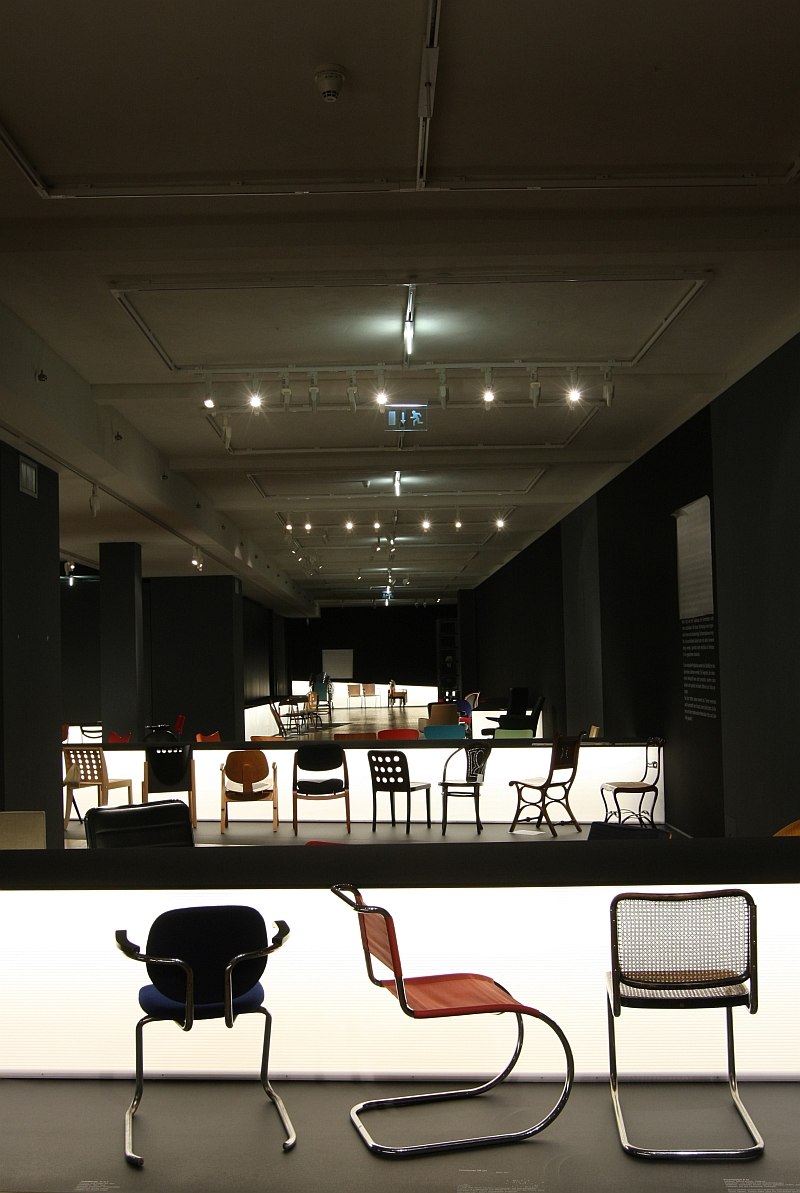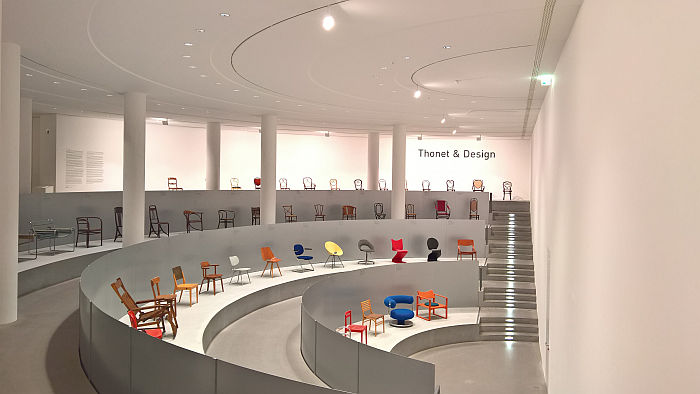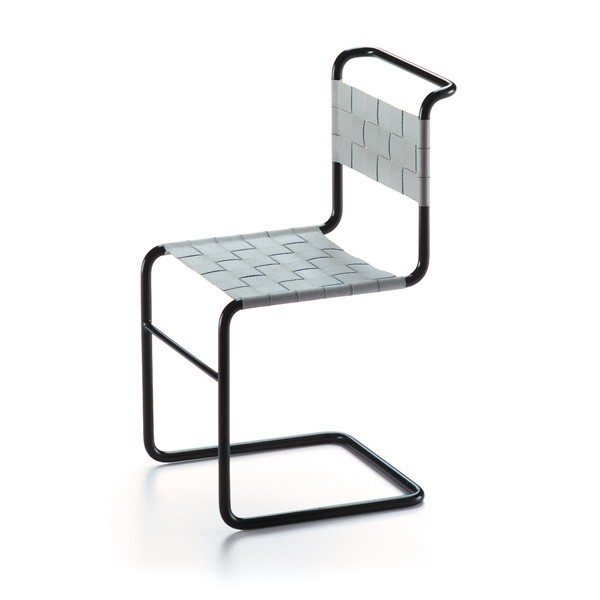Thonet & Design @ Die Neue Sammlung – The Design Museum, Munich
The German town of Boppard sits on two of the most pronounced and prominent curves on the Mittelrhein.
Can it be a coincidence that Boppard’s most famous son, Michael Thonet, is most popularly known for his curving bentwood chairs?
Can it really be a coincidence?
Possibly. Almost certainly.
What is less contentious is that the flow and meandering of first Michael Thonet’s creativity and vigour and subsequently that of the company Thonet has carved its mark not only on the Rhenish Massif furniture design and on understandings of furniture, but also the furniture industry, from production to sales and distribution.
With the exhibition Thonet & Design the Neue Sammlung Munich embark on a voyage along some 200 years of Thonet design (hi)story.
smow Blog Design Calendar: December 10th 1869 – Thonet Relinquish Solid Wood Bending Privilege
On December 10th 1869 Gebrüder Thonet voluntarily relinquished their 1856 Privilege in respect of “The manufacture of chairs and table legs made of bent wood, the bending facilitated by the action of steam or simmering liquids”; thereby ending not only a thirteen year monopoly during which time Thonet became a firmly established global brand, but also the culmination of a neigh on three decade story which highlights the importance of patent protection in the furniture industry.
smow blog Design Calendar: June 1st 1932 – Mart Stam Awarded Artistic Copyright for the Cubic Cantilever Chair
“…the strict, logical lines which avoid anything unnecessary and which with the sleekest form and through the simplest means embodies the modern objectivity”1, with this, glowing, description of his design the Supreme Court of the German Reich in Leipzig awarded on June 1st 1932 Mart Stam the artistic copyright of the cubic, quadratic, cantilever chair, and thus settled arguably the very first legal dispute over the copyright of the form of a piece of furniture intended for industrial mass production.
Sitting – Lying – Swinging. Furniture from Thonet at the Grassi Museum for Applied Arts, Leipzig

Standing in the Leipzig Grassi Museum for Applied Arts, surrounded by 150 years of Thonet chair history, Peter Thonet, x-times-great


